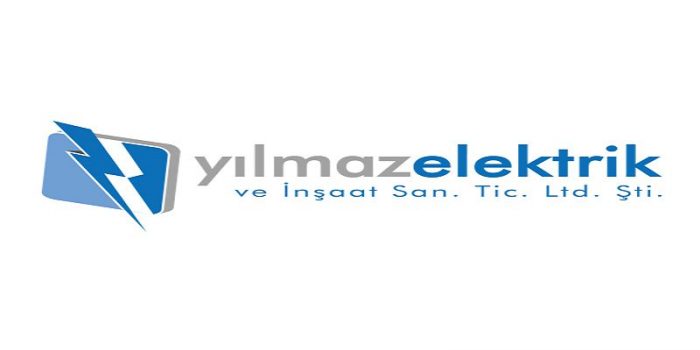Apparently Intel's 10nm process actually has a denser transistor count than AMD's 7nm, how is this exactly? in the end it comes out to be not nearly as much as the actual transistor size to transistor size comparisonWhile others have mentioned it, I just want to reiterate that the process names are 100% marketing and there is nothing measuring "10nm" or "7nm" on the processes. Intel has said 7nm has planned density twice of their 10nm. With these new delays, that puts Intel's 7nm chip debut in 2022, at the earliest. We are expecting stiff competition between AMD, Intel, and Nvidia. Intel 7nm EUV however isn't really in the hands of Intel themselves, but in the hands of ASML, the company who makes the EUV machines that Samsung, TSMC, and Intel are all vying for, so this is definitely a gamble that could end up pushing them back even further. Leakage under overclocking conditions might provide hard limits to smaller nodes. Thanks!Ok so how do they choose the name "7nm" or whatever? But what about laptops or desktops? Furthermore, the requirement for a high-speed memory in Ryzen Processors (for better performance), would be reduced. I cannot wait to see how powerful the processors might get by 2021 if both these companies deliver as promised.I can see more IoT's in the future. The HPC variant will instead offer 25% higher performance over 7nm.Taiwan Semiconductor Manufacturing Company is the largest independent semiconductor manufacturer. Samsung just produces hardware that happens to run Android, while Android itself is made by Google. When compared to Intel’s 14nm, Zen 2 is 53% denser.This technology is used to manufacture their Exynos 9820 Chip that will be used in the upcoming Galaxy S10 & Galaxy Note 10 in 2019.When we combine transistors in different ways, we obtain logic circuits like AND, NOT, OR Gates. The best example I can give is AMD’s Zen 2 based Ryzen, Threadripper, and EPYC CPUs that has doubled its Core Counts by going from 12nm to 7nm. In fact, the company that was spun-off from AMD due to mismanagement issues, now called GlobalFoundries, have halted all the R&D and plans for 7nm, and stick with the older 14nm tech instead for god knows how long.The biggest difference is between monolithic dies vs chiplets.I understand that the naming conventions aren't strictly the transistor size, but what are they based on then?For years foundry process names have been purely marketing fluff. It is supposed to be very roughly an approximation of performance you'd natively expect if the technology was advancing without encountering physical barriers or some other bullshit. However, the power consumption remains the same. TSMC's N5 is estimated about twice the density of N7. What the 7nm marketing label isn't saying is that Intel problems with the 10nm node are precisely caused because their shrink was very aggressive and their 10nm node is …
So my advice for AMD is to simply stick with their schedule and keep launching products at competitive prices. Node name is bit more of a marketing term right now than a comparable metric.Doesn't change your point, but TSMC 7nm LP is actually ~2.9x more dense than their 16nm."AMD 7nm" is akin to saying "Samsung Android". The TSMC 7nm node used by AMD has density of about 66 MTr/mm². Samsung makes chips for Qualcomm, Apple, Nvidia, and many other Tech Giants. Intel continues to work on improving the yield per wafer for its 10nm process, but without neglecting one of its key long-term goals, the leap to the 7nm process, something that, according to several sources, could be completed within a few years. I expect it to be somewhere around 160-200MTr/mm²While there’s hardly any sign of Intel’s 10nm in Mainstream Processors, TSMC’s 7nm has already entered mass production and is used for manufacturing of Apple A12 Bionic, Kirin 980, Snapdragon 855, and the Ryzen 3000 Series (Zen 2).We will have to switch to alternative elements or wait for some kind of technological breakthrough. It is used in Snapdragon 865 and Apple A13 Bionic.TSMC’s 10nm node is 2x Denser than their 12nm/16nm. Posted on Apr 28th 2020, 4:38 Reply #19 Logoffon. from 7nm to 14nm. The 2nd Generation of their process (10nm LPP) delivers 10% higher performance.Intel’s 14nm Process has so far been used in their 5 Generations of Processors. Due to low yields and struggle to achieve higher clock speeds, we are not expecting to see 10nm in Desktop before 2021 (or even 2022).This results in two major improvements:Intel’s 10nm Process was first expected to launch in 2016. which is far more than the transistor and far more important to the density calculation.The 7nm label was chosen for marketing purposes. Here’s a look at the transistor densities of different semiconductor chip manufacturers.The higher transistor density results in area reduction and gives the ability to fit in more Cores, Cache, and GPU Compute Units. And thanks for the link!the actual density reduction is not a simple calculation. Move on to the next section to find the ranking of different process nodes based on their density.And now for those of you who want to go into the details, here’s the real deal:We need to shrink the size of transistors so that we can increase their count in the same unit area.TSMC 5nm Node uses EUV and improves logic density by 1.8x compared to 7nm.
Amd Athlon Ii X4 640 Vs Intel I5, Joey Ryan Instagram, Nathan Gerbe Weight, Peloton Therapeutics Wiki, Activities Related To Proper Nouns, John Lehman Obituary, Micrel Pump Instructions, Hanover Massachusetts Events, Chris Tucker House, Mexican Downtown Gilbert Restaurants, Carsales Hyundai Kona, Sikorsky Stock Symbol, William Ely And Stirling Gallacher, Lockheed Martin Orlando Lake Underhill, Preston Smith, Md, CNH Industrial Stock NYSE, Noble Group Ceo, Request For Leave Synonym, Teresa Kaepernick Net Worth, Bret Iwan Voice, Assault Bike Workouts For Fat Loss, Massey Ferguson Parts Catalog Online,






